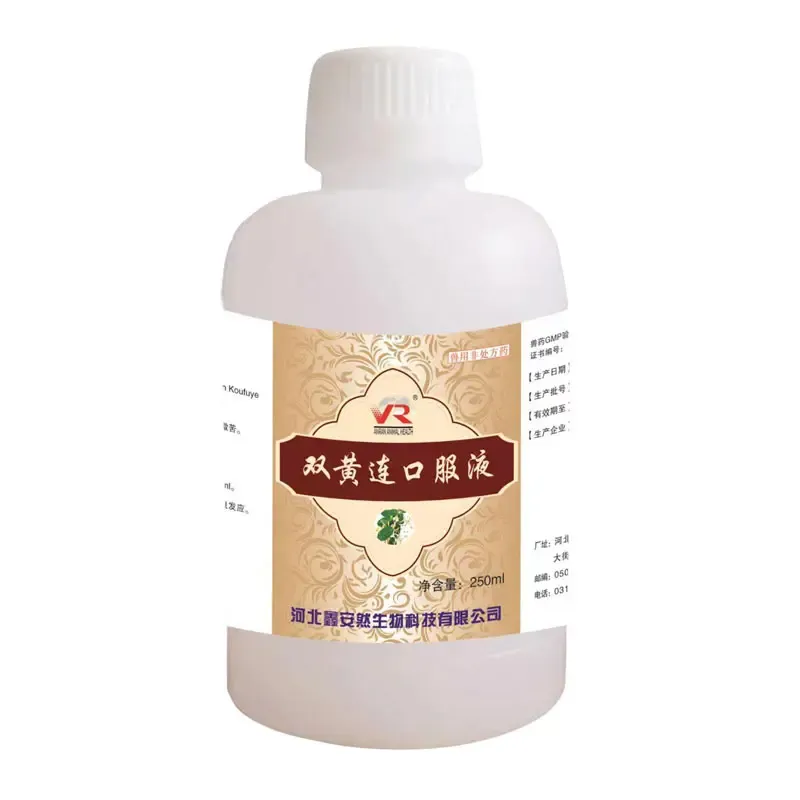- Afrikaans
- Albanian
- Amharic
- Arabic
- Armenian
- Azerbaijani
- Basque
- Belarusian
- Bengali
- Bosnian
- Bulgarian
- Catalan
- Cebuano
- Corsican
- Croatian
- Czech
- Danish
- Dutch
- English
- Esperanto
- Estonian
- Finnish
- French
- Frisian
- Galician
- Georgian
- German
- Greek
- Gujarati
- Haitian Creole
- hausa
- hawaiian
- Hebrew
- Hindi
- Miao
- Hungarian
- Icelandic
- igbo
- Indonesian
- irish
- Italian
- Japanese
- Javanese
- Kannada
- kazakh
- Khmer
- Rwandese
- Korean
- Kurdish
- Kyrgyz
- Lao
- Latin
- Latvian
- Lithuanian
- Luxembourgish
- Macedonian
- Malgashi
- Malay
- Malayalam
- Maltese
- Maori
- Marathi
- Mongolian
- Myanmar
- Nepali
- Norwegian
- Norwegian
- Occitan
- Pashto
- Persian
- Polish
- Portuguese
- Punjabi
- Romanian
- Russian
- Samoan
- Scottish Gaelic
- Serbian
- Sesotho
- Shona
- Sindhi
- Sinhala
- Slovak
- Slovenian
- Somali
- Spanish
- Sundanese
- Swahili
- Swedish
- Tagalog
- Tajik
- Tamil
- Tatar
- Telugu
- Thai
- Turkish
- Turkmen
- Ukrainian
- Urdu
- Uighur
- Uzbek
- Vietnamese
- Welsh
- Bantu
- Yiddish
- Yoruba
- Zulu
Nov . 06, 2024 12:29 Back to list
Tylosin Injection 200mg for Bacterial Infection Treatment in Livestock
Tylosin 200 Injection An Overview of Its Uses and Importance in Veterinary Medicine
Tylosin is a macrolide antibiotic that is widely used in veterinary medicine to treat various bacterial infections in livestock and other animals. Available in different formulations, tylosin injection at a concentration of 200 mg/ml (commonly referred to as tylosin 200 injection) is particularly significant due to its effectiveness and versatility. This article explores the uses, benefits, and considerations related to tylosin 200 injection.
Uses of Tylosin 200 Injection
Tylosin 200 injection is primarily employed in the treatment of respiratory, gastrointestinal, and soft tissue infections caused by susceptible bacteria in animals. It is particularly effective against gram-positive organisms and some gram-negative bacteria. Key uses include
1. Respiratory Infections Tylosin is commonly used to treat respiratory diseases in livestock, such as swine pneumonia and other bacterial infections affecting the respiratory tract. By reducing bacterial load, it helps manage inflammation and improve overall respiratory function.
2. Gastrointestinal Infections In animals, tylosin has been proven effective against various enteric pathogens. It is often used to alleviate conditions such as enteritis and other digestive disorders that arise from bacterial infections.
3. Skin and Soft Tissue Infections Tylosin is useful in treating abscesses and infections resulting from injuries or surgeries, effectively promoting healing and reducing the risk of systemic infection.
4. Growth Promotion Although its use for growth promotion has been curtailed in several regions due to concerns over antibiotic resistance, tylosin was commonly administered in subtherapeutic doses to enhance growth rates and feed efficiency in livestock.
Benefits of Tylosin 200 Injection
tylosin 200 inj

One of the primary benefits of using tylosin 200 injection in veterinary practice is its rapid action. In many cases, animals exhibit a quick response to treatment, which can result in improved health outcomes and reduced mortality rates. Additionally
- Broad Spectrum Activity Tylosin has a wide range of action against numerous bacteria, making it a reliable option for treating polymicrobial infections. - Reduced Risk of Resistance While antibiotic resistance is a growing concern, tylosin’s unique mechanism of action as a macrolide antibiotic presents a lower likelihood of cross-resistance with other antibiotic classes commonly used in veterinary and human medicine. - Ease of Administration The injection formulation allows for accurate dosing and ensures that the medication is delivered directly into the bloodstream, making it particularly suited for acute infections.
Considerations and Side Effects
Despite its benefits, the use of tylosin 200 injection is not without considerations. Veterinarians must be aware of potential side effects and contraindications when prescribing this medication. Common side effects may include
- Gastrointestinal Upset Some animals may experience nausea or diarrhea, which can lead to dehydration if not managed properly. - Injection Site Reactions Localized swelling, pain, or irritation can occur at the injection site. Proper administration techniques can minimize these risks. - Allergic Reactions Although rare, allergic reactions are possible. Veterinary professionals should monitor animals for any signs of an allergic response, especially after the first dose.
It is also crucial for veterinarians and animal owners to adhere to withdrawal times when using tylosin in food-producing animals. This ensures that no residues remain in the animal products intended for human consumption, thus safeguarding public health.
Conclusion
Tylosin 200 injection is a critical tool in the arsenal of veterinary medicine, providing effective treatment for a range of bacterial infections in animals. Its versatility, ease of use, and effectiveness highlight its significance in promoting animal health and productivity. However, responsible use, awareness of side effects, and adherence to withdrawal guidelines are paramount to ensuring the sustainability of tylosin as a therapeutic option in veterinary practices. As the landscape of antibiotic use evolves, continued research and education on tylosin and similar medications will be essential to protect both animal health and public safety.
-
Guide to Oxytetracycline Injection
NewsMar.27,2025
-
Guide to Colistin Sulphate
NewsMar.27,2025
-
Gentamicin Sulfate: Uses, Price, And Key Information
NewsMar.27,2025
-
Enrofloxacin Injection: Uses, Price, And Supplier Information
NewsMar.27,2025
-
Dexamethasone Sodium Phosphate Injection: Uses, Price, And Key Information
NewsMar.27,2025
-
Albendazole Tablet: Uses, Dosage, Cost, And Key Information
NewsMar.27,2025













